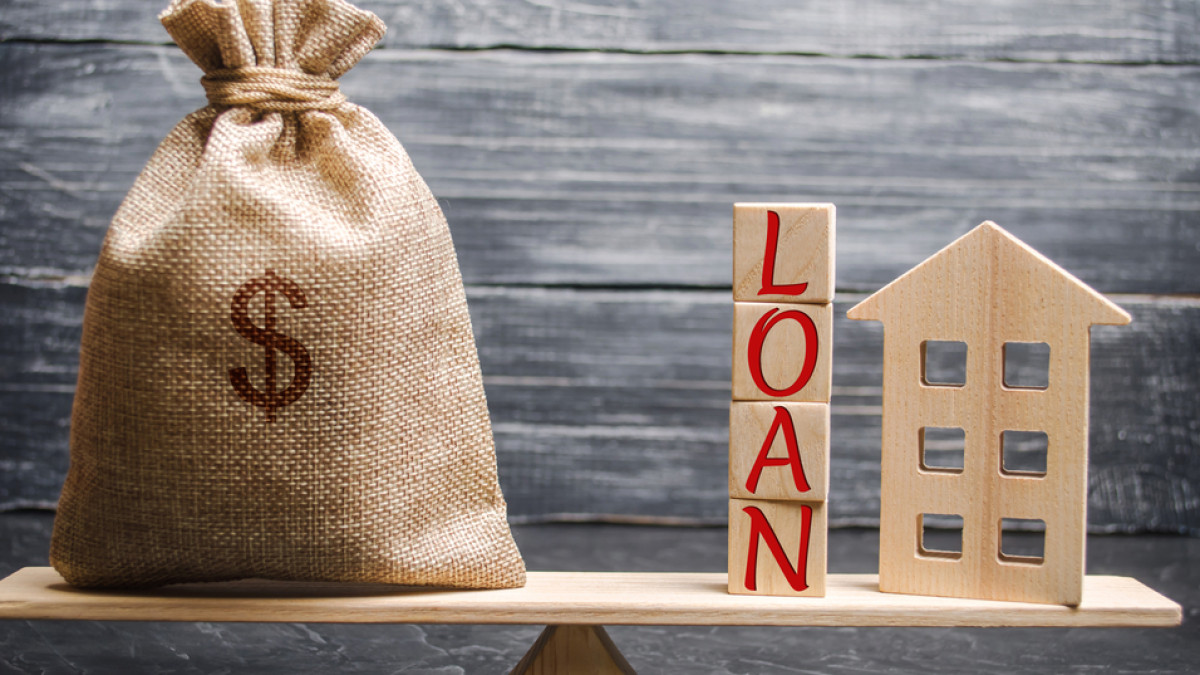Hours after the Reserve Bank of India (RBI) raised its repo rate by 50 basis points (bps) on September 30, 2022, several banks, namely ICICI Bank and Axis Bank, as well as housing finance companies not Banks such as HDFC Ltd and LIC Housing Finance have increased their home loan rates by almost the same amount, effective October 1, 2022.
It may be noted that while some pundits expected the RBI to hold interest rates until after the holidays, this was not the case.
HDFC Limited raised its mortgage lending rate by 50 basis points. In total, HDFC has implemented seven rate hikes over the past five months.
HDFC Limited said in a statement: “HDFC is increasing its Retail Prime Rate (RPLR) on home loans, against which its Adjustable Rate Home Loans (ARHL) are benchmarked, by 50 basis points, effective October 1, 2022.”
LIC Housing Finance also raised the LIC Housing Prime Lending Rate (LHPLR), the benchmark rate to which all its loans are tied, by 50 basis points.
Higher interest rates
The interest rate on home loans at HDFC Limited starts at 8.10% per annum. For Axis Bank, the interest rate (variable rate) on the mortgage is between 8.10 and 8.45% for employees. For the self-employed, the effective interest rate (variable rate) is 8.20 to 8.55%.
At ICICI Bank, the variable interest rate for salaried borrowers, for a home loan of up to Rs. 75 lakh, ranges between 8.1% and 8.85%. For loans above Rs. 75 lakh, this interest rate is 8.1-8.95%. These interest rates are applicable on loans for the purchase of a house, for the interior of the house, the renovations and the extension of the house.
How much will NDEs increase?
All existing mortgages with variable interest rates will become more expensive, as banks have decided to pass on the increase to their customers. Indeed, borrowers will either have to pay higher equivalent monthly payments (EMI).
Says Raj Khosla, Founder and Managing Director of MyMoneyMantra.com, a loan aggregator: “On a Rs. now pay an EMI of Rs 43,708, up from Rs. 42,134 before this rate hike. This translates to an increase of Rs 3,77,760 for the client over the entire term of the loan.
He suggests that customers make a partial payment on their loan accounts, if possible, as interest is charged on the unpaid amount. This can help the customer maintain the same EMI rate for the remainder of the loan term.
Adhil Shetty, Founder and CEO of BankBazaar.com, a financial services website, explained how the rising interest rate cycle over the past few months will affect the total EMI payment over the life of the loan.
“Between May 2022 and October 2022, the repo grew by 190 bps. The full impact of this hike on a home loan of Rs 30 lakh would mean that EMI would increase by Rs 3,540 and overall interest to be repaid over 20 years would increase by Rs 8.50 lakh. We have reached the milestone of easy refunds. The August rise itself indicated that the days of tenor extensions are over. With this increase, borrowers can expect their EMIs to increase. This will be particularly serious for those who have not made any prepayments on their loans.
What should you do?
This is the fourth rate hike in the last five months. Financial planners say existing borrowers, who have taken out variable rate loans, will face some challenges.
“The EMI will increase, as will the interest component. In this case, the remaining term of the loan is not changed. If the EMI is not increased, the term of the loan will be extended. Based on his cash flow will need to plan accordingly to deal with the pressure Ideally we need to focus on revamping the family budget, so we can determine if we are in a position to increase the EMI and retain the tenure intact,” says Arijit Sen, a registered investment adviser with Sebi and co-founder of Merry.Mind, a Kolkata-based financial advisory firm.

